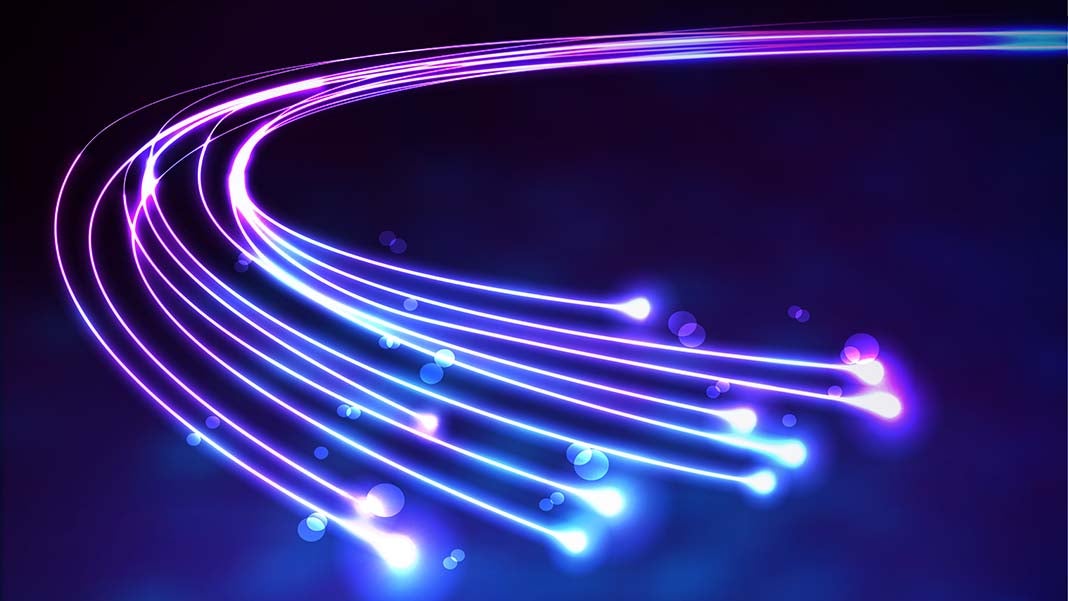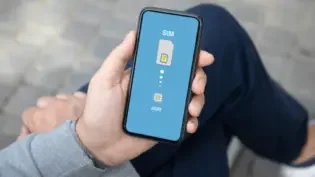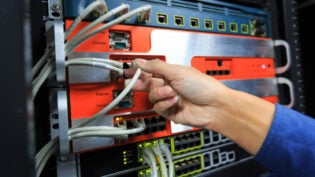Why Fiber Optics are the Future of Digital Communication
By: Scott Resnick

The future is fiber. As fiber is slowly being introduced to regions across the nation, many business customers find themselves wondering how it differs from traditional cable and telephone connections and how it can improve their day-to-day operations. Fiber optic cable is the fastest form of internet and data transfer currently available for wide-scale usage—and it’s likely to eventually become industry standard. Here’s everything you need to know about fiber optics and its advantages over the competition.
What is Fiber Optics?
Many cities in America only have two options for data cabling and internet service: cable lines and telecommunications lines. While these connections can be sufficient, they were really designed initially for something else entirely: television and telephones. Both cable lines and telecommunications lines use old, copper lines to transmit electrical signals.
Fiber optic lines, on the other hand, use glass or plastic strands to carry light. Fiber optic lines were designed to transmit large volumes of data and can do so over extended geographical areas with increased levels of reliability and speed. However, there’s a catch: because fiber optic cable is a new technology, it hasn’t expanded to support every region yet. Instead, fiber optic cable is being slowly expanded across the nation city by city.
The Benefits of Fiber Optics
Because it uses light, fiber optic cabling is much faster than its copper-based competitors. Users will see data transfer rates of 50 THz or higher as well as over 1Gbps in data rates. Fiber optics gives provides the ability to make tens of thousands of calls, virtually eliminating the need to ever have to upgrade your cabling system again.
Even slower fiber optic connections will still reach around 100 Mbps, which is comparable to some faster cable packages. However, even those high-speed cable packages won’t be able to meet the upload speeds of fiber optic connections, which tend to be much higher.
In addition to providing unmatched speed, fiber optic cables are:
Thin
Composed of strands of glass or plastic, optical fibers are just slightly thicker than a single human hair.
Light
Because multiple light beams can occupy the same space at the same time, fiber optic cables are lighter than traditional copper wiring.
Safe
With no electricity passing through, fiber optic cables lessen the risk of fire, shock, or electrocution.
Secure
One of the most useful benefits for businesses is the enhanced security that comes along with fiber optic cabling. There is no magnetic field created via electricity passing through the wires, making it much harder to wiretap the phone line.
The Uses of Fiber Optic Cable
Fiber optic cables are primarily being laid down in areas of high commerce, to provide high speed internet to business. Indeed, many cities have installed fiber optic cables as a bid to lure technology-based companies into the city, with the general idea that providing a better technological infrastructure will bring in additional residents.
As fiber optic cable is likely to become the internet infrastructure of the future, many cities are attempting to build out their fiber cable lines. For residential users, homeowners must be within a certain distance to a fiber installation to have fiber run to their home, if their home doesn’t currently support fiber. Due to this, homes with fiber internet connections may actually see increased value due to their fiber utilities.
Faster internet connections will lead to better streaming qualities for music and videos, and easier access to data for both businesses and residential users.
The Future of Fiber Optic Cable
Understandably, it’s expensive to lay down new internet infrastructure. Companies such as Google have taken it upon themselves to expand their own fiber network at their own cost, but many other ISPs are still running on telecommunications and cable lines that were run by the telecommunications industry and the television industry—in other words, they have little interest in providing infrastructure on their own.
Thus, it can be difficult to find ISPs who are willing to provide fast fiber optic connections, even if the technology is clearly superior to the other technologies available. Fiber connections are expanding slowly despite their desirability due to the cost of the core infrastructure, and those who are within range of a fiber provider can acquire numerous advantages that other users would not be able to.
Fiber optics are already transforming the communications industry. Make sure you’re ahead of the game with a system that can handle the rapidly-advancing technology taking hold in all arenas.














